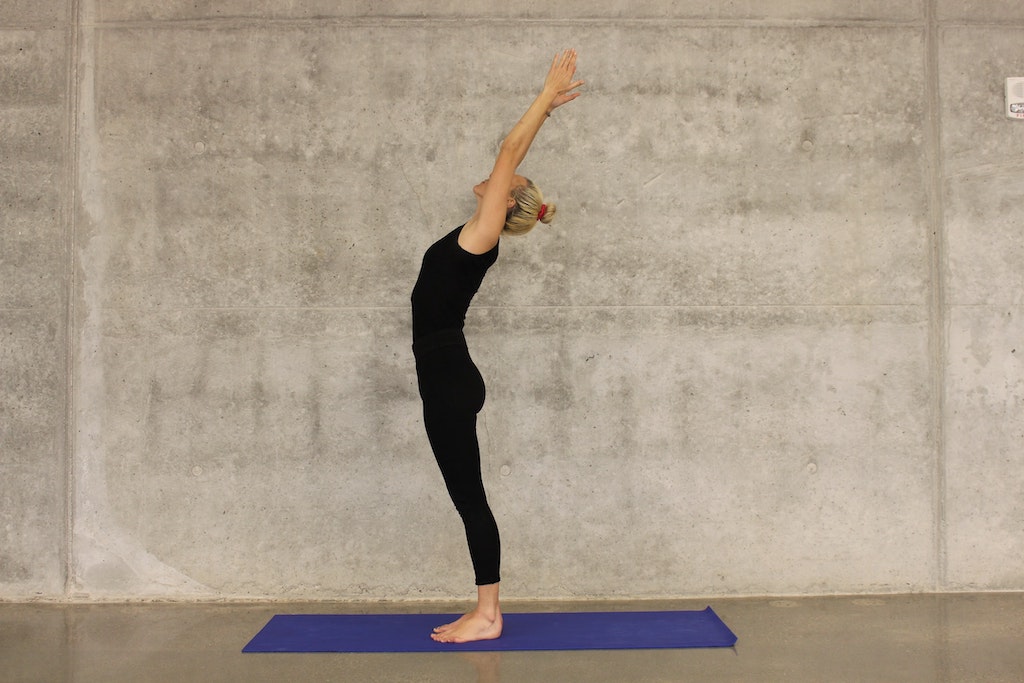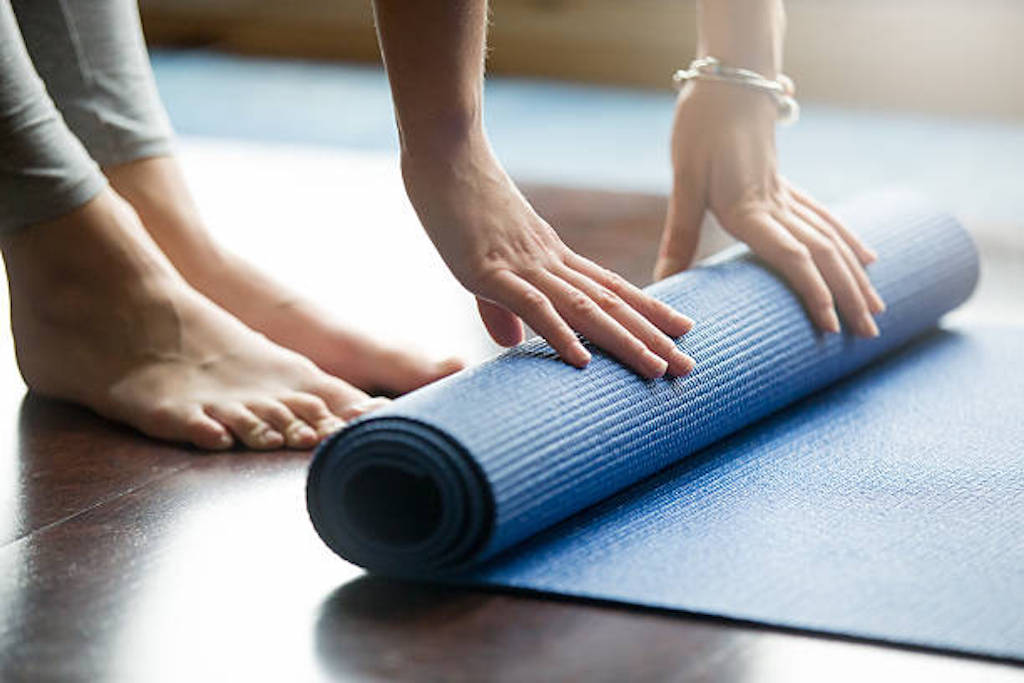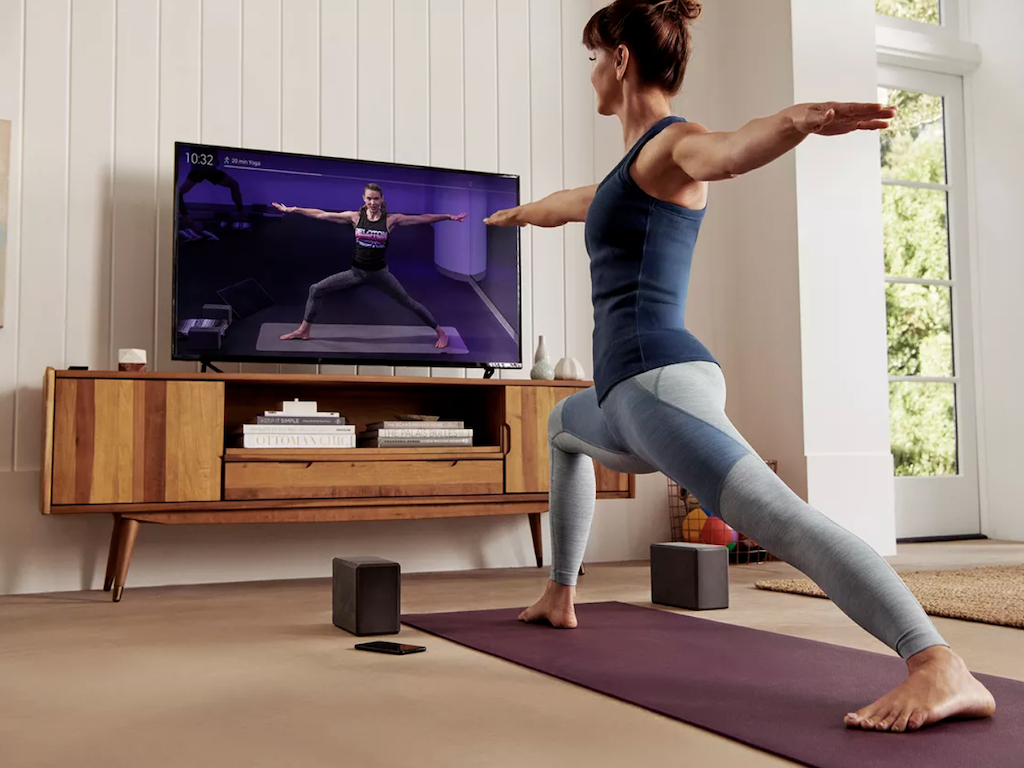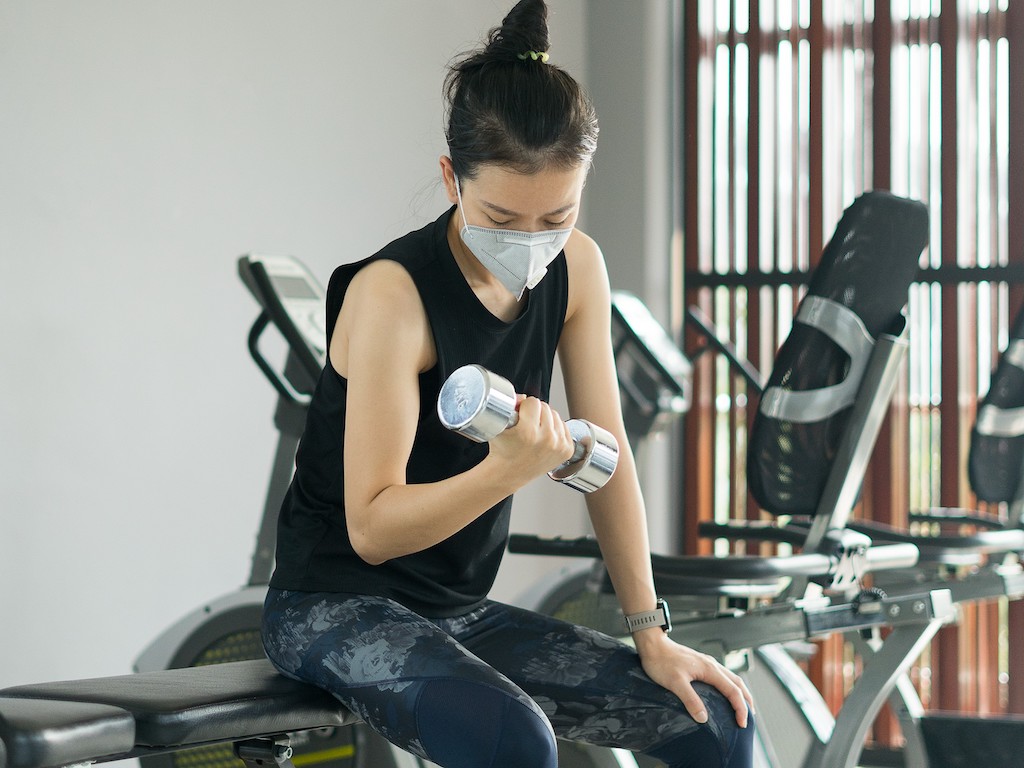5 Mins Read
The coronavirus crisis is beginning to ease in some areas of the world, and many regular gym, fitness and yoga studio goers have been eager to see the return of in-person classes and sessions. But while the economy is gradually opening up, we’re going to need to brace for some big changes that will outlast lockdowns and quarantines. In order to lower the risk of an outbreak of infection occurring in spaces where people are exercising together, here’s what the reality of fitness and yoga studio visits could look like for now and into the future.
1. Temperature checks & hand sanitisers
This has already become the norm when we enter shops and restaurants, and exercise studios will be no different. Temperature checks and sanitising your hands will be mandatory for both staff members and visitors upon entry, and some studios may even ask screening questions to identify those who could potentially be ill. Be prepared to be turned away if you don’t pass the screening requirements.

2. Masks will be required
Staff will definitely be wearing face masks and gloves at all times, and at the minimum, studios will be encouraging mask wearing for members and visitors too. While those attending high-intensity sessions might be exempt from the rule, some milder exercise classes might require this added layer of protection.
3. Bookings will become essential
Gone are the days when you can show up to studios whenever you like. As classes resume, expect high demand of eager spinning fans, yogis and pilates addicts to return to their studios. But in order to manage capacity, many companies are now having to make online bookings mandatory to ensure that rooms won’t be packed. Don’t be surprised if you end up waitlisted!
4. Expect far less crowded yoga classes
In pre-coronavirus times, packed yoga and spinning classes might have been the norm. But studios won’t be getting away with this anymore. They will have to provide at least 1.5 metres of distance between mats and bikes. Most companies will be operating workshops at maximum 50% capacity, with some going further to 30% or 25%. This isn’t just to follow health guidelines, but will also make attendees feel safe enough to sweatt and breathe without concerns of someone else’s respiratory droplets landing on them.

5. Schedules will have shorter or fewer classes
In addition to socially distanced classes, studios will also have to space out their schedule. Classes might be more sparse in order to accommodate cleaning time to disinfect the room. If classes are operating at a similar frequency, then you should expect them to be shorter than pre-coronavirus times to allow for adequate cleaning in-between sessions.
6. Members may need to shower at home
No more showering at your favourite fitness or yoga studio – even after a sweaty workout. Showering facilities will be barred off and made inaccessible to avoid risk of respiratory droplets transmitting from one person to another, so you’ll probably have to go home to clean up. Sorry.
7. Bring your own mat and equipment becomes standard

Going to classes will also mean bringing your own equipment and mat. These props used to be shared, borrowed or rented between different students, but due to health and safety concerns, this option will no longer be available – it’s far too costly and time-consuming for studios to properly sanitise shared equipment between every use. If you don’t own your own mat, yoga blocks or exercise bands, you might have to invest in them now.
8. Equipment-free workouts on the rise
This leads onto another trend – no more shared equipment will mean more prop-free workouts. Not everyone will be able to lug around a yoga mat all day, nor is it viable for every person to own their own private set of gym bands, foam blocks and rollers. So get ready for studios to adapt and create more flexible exercise routines and classes that won’t require all of that, but will no doubt still provide just as effective a workout.
9. No more hands-on adjustments
Social distancing means a big no-no for touching. Just like how high-fives and hugs have been off the cards for the past few months, so will physical hands-on adjustments by teachers and coaches.
10. Get ready for even more online classes

Now with all the extra steps and precautions that in-person offline classes will have to take, many studio owners are deciding to shift towards digital options. To fill in the gaps created by reduced foot traffic, fewer and shorter classes, online exercise classes – whether it is pay-per-class or a flexible fitness subscription – will become more widespread than ever before. Many of these will also be offered at more affordable prices, which is especially relevant given the financial challenges brought on by the crisis.
Read: 8 online fitness and yoga classes to do at home
Read our previous news coverage of Covid-19 here.
Lead image courtesy of Getty Images.




